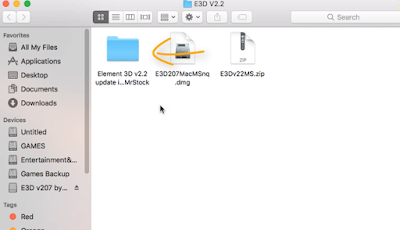
Anthropogenic methane emissions originate from a very large number of point sources including oil–gas facilities, coal mines, landfills, wastewater treatment plants, and confined livestock operations. Because methane has a relatively short atmospheric lifetime of ∼10 years compared to CO 2, actions taken that reduce methane emissions will have a significant effect on the near-term warming rate. Methane is a potent greenhouse gas whose concentration has increased from 720 to 1800 ppb since pre-industrial times (Hartmann et al., 2013) and is responsible for a radiative forcing of 0.97 W m −2, second only to CO 2 (Myhre et al., 2013). To date, GHGSat-D has performed over 5000 observations of commercial facilities in oil–gas, power generation, coal mining, waste management, and agriculture sectors around the world. Delivering this performance in a compact package enables low-cost launch and operation of the satellite so that a constellation can be used for high-density coverage. This combination enables unique capabilities for imaging and quantifying emission plumes with unambiguous attribution at the facility scale. To this day GHGSat-D remains the only gas-sensing satellite with such high spectral and spatial resolution.

The distinguishing features of GHGSat-D compared with other GHG remote sensing missions are its (1) combination of high spatial resolution ( ∼50 m) and fine spectral resolution ( ∼0.1 nm) and (2) compact package (Table 1). The instrument on GHGSat-D is a wide-angle fixed-cavity Fabry–Pérot (F–P) imaging spectrometer able to resolve methane ( CH 4) absorption lines in the shortwave infrared (SWIR Sloan et al., 2016), where water ( H 2O) and carbon dioxide ( CO 2) absorption lines are also present. The first GHGSat satellite, GHGSat-D or “Claire”, is a demonstration small satellite that measures surface-level methane emission plumes with high spatial resolution for facility-scale attribution. GHGSat is a Canadian company incorporated in 2011 with the goal to provide a precise, scalable, and economical method of measuring greenhouse gas (GHG) emissions from industrial facilities worldwide. Claire's mission has proven that small satellites can be used to identify and quantify methane emissions from industrial facilities, enabling operators to take prompt corrective action. We discuss the sources of error limiting the performance of GHGSat-D and identify improvements for our follow-on satellites. Here we report on the instrument design and forward model and retrieval procedure, and we present several examples of retrieved methane emissions observed over industrial facilities. The effective spatial resolution of 50×50 m 2 over targeted 12×12 km 2 scenes is unprecedented for a space-based gas-sensing spectrometer. Its instrument measures methane concentrations by collecting and spectrally decomposing solar backscattered radiation in the shortwave infrared using a compact fixed-cavity Fabry–Pérot imaging spectrometer.

to measure greenhouse gas emissions at the facility scale from space. The demonstration satellite GHGSat-D, or “Claire”, launched on 21 June 2016, is the first in a planned constellation of small satellites designed and operated by GHGSat, Inc.


 0 kommentar(er)
0 kommentar(er)
